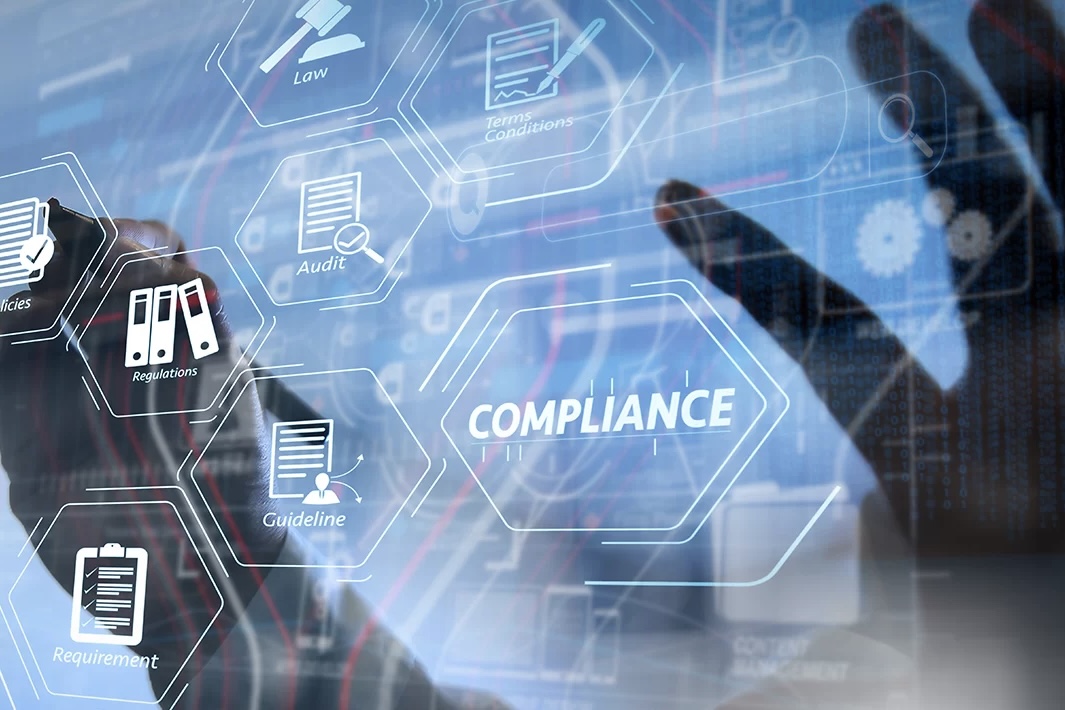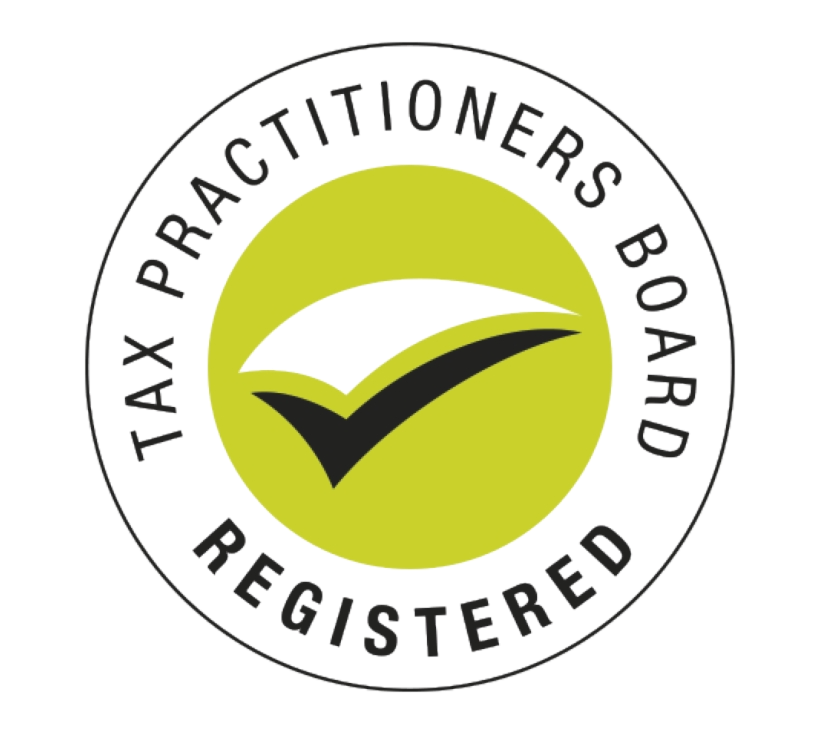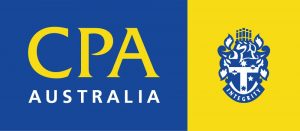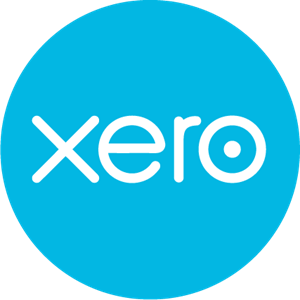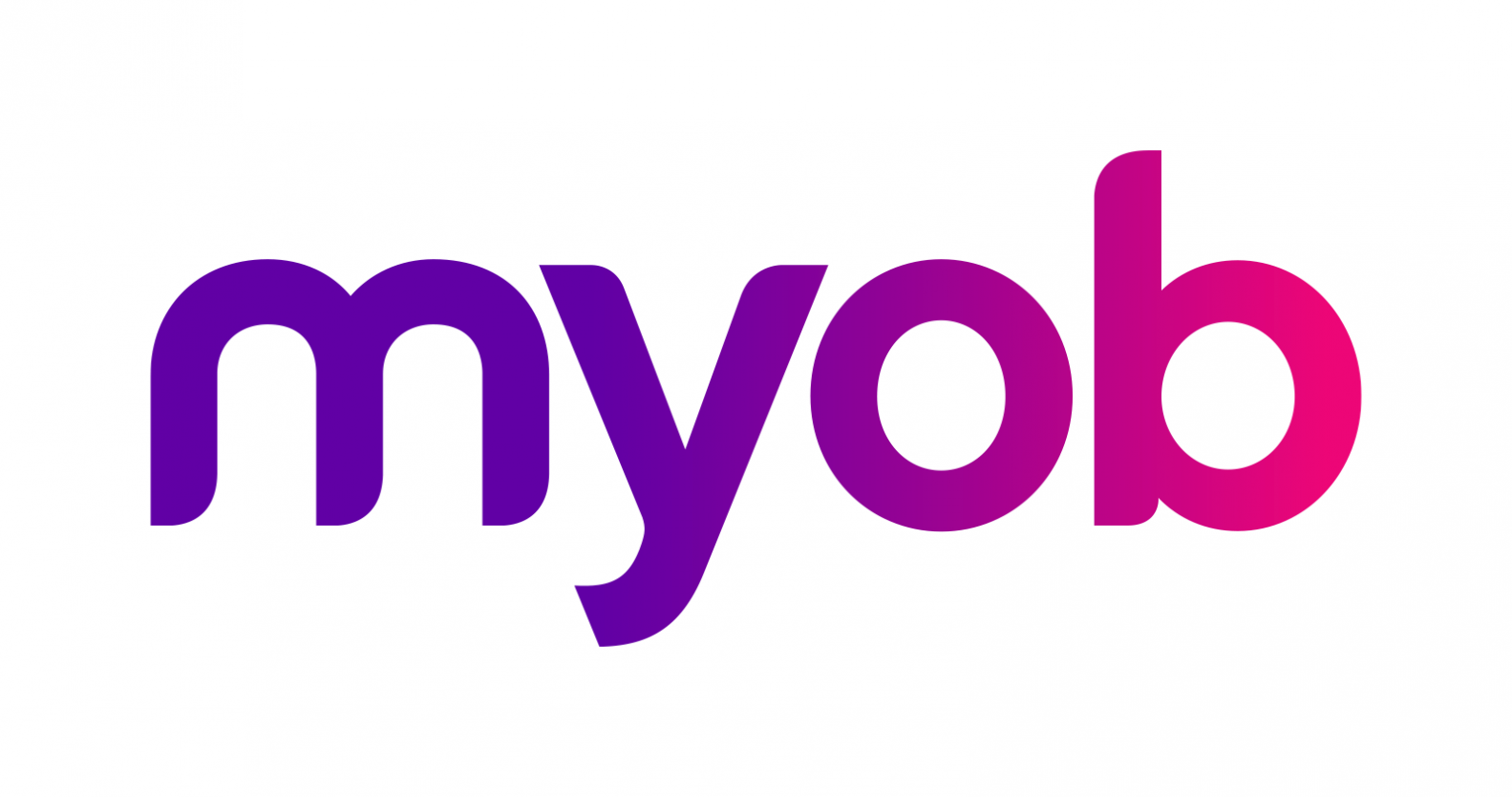Before 1 July 2022, an individual taxpayer that incurred additional deductible expenses as a result of working from home, had a choice of three methods to claim these expenses.
These choices were:
- The shortcut method – which was available from 1 March 2020 to 30 June 2022;
- The fixed-rate method – which was available from 1 July 1998 to 30 June 2022; or
- Actual expenses, that is calculating the actual expenses incurred as a result of working from home (Editor: This method can be burdensome to apply in practice)
From 1 July 2022, as a result of the release of PCG 2023/1 by the ATO, the shortcut method and the fixed-rate method have been abolished.
A replacement method that can be used instead of the actual expenses method (which has not been abolished) is the revised fixed-rate method.
Under the revised fixed-rate method, a deduction can be claimed of 67 cents per hour for energy expenses (electricity and gas), internet expenses, mobile and home phone expenses, and stationery and computer consumables.
Other expenses associated with working from home, such as depreciation of home office furniture and a personally owned computer used at home for work purposes, will need to be calculated on an actual basis when using the revised fixed-rate method.
To claim a deduction under the new fixed-rate method, an individual needs to meet three criteria, which are:
- The individual is working from home while carrying out their employment duties or carrying on their business on or after 1 July 2022;
- They are incurring additional running expenses of the kind outlined in the above discussion as to what the 67 cents per hour amount reflects, as a result of working from home;
- They keep and retain relevant records in respect of the time they spend working from home and for the additional running expenses (covered by the rate per hour) they are incurring.
There are strict record keeping requirements associated with this new method.
For the year ending 30 June 2023, a taxpayer using this new method will need to keep a record which is representative of the total number of hours worked from home during the period from 1 July 2022 to 28 February 2023.
The taxpayer will also need to keep a record of the total number of actual hours they worked from home for the period 1 March 2023 to 30 June 2023.
The record of the actual hours worked from home could be maintained by timesheets, rosters, time-tracking apps, logs of time spent accessing employer systems or online business systems, or a diary kept contemporaneously.
For the year ending 30 June 2024 and later income years, a taxpayer using this method must also keep a record of actual hours worked from home for the entire year.
Under both the short-cut method and the previous fixed-rate method, there was no need for detailed record keeping of the actual hours worked from home. Estimates were acceptable. This is a significant change and increases the record keeping burden on taxpayers.
Another significant change, which results in an increase in record keeping obligations under the revised fixed-rate method, is that in relation to running costs such as energy costs, phone and internet costs, a taxpayer needs to maintain at least one monthly or quarterly bill.
This is because the ATO now requires proof that the individual has incurred the running costs represented by the 67 cents per hour deduction.
Source from ATO


